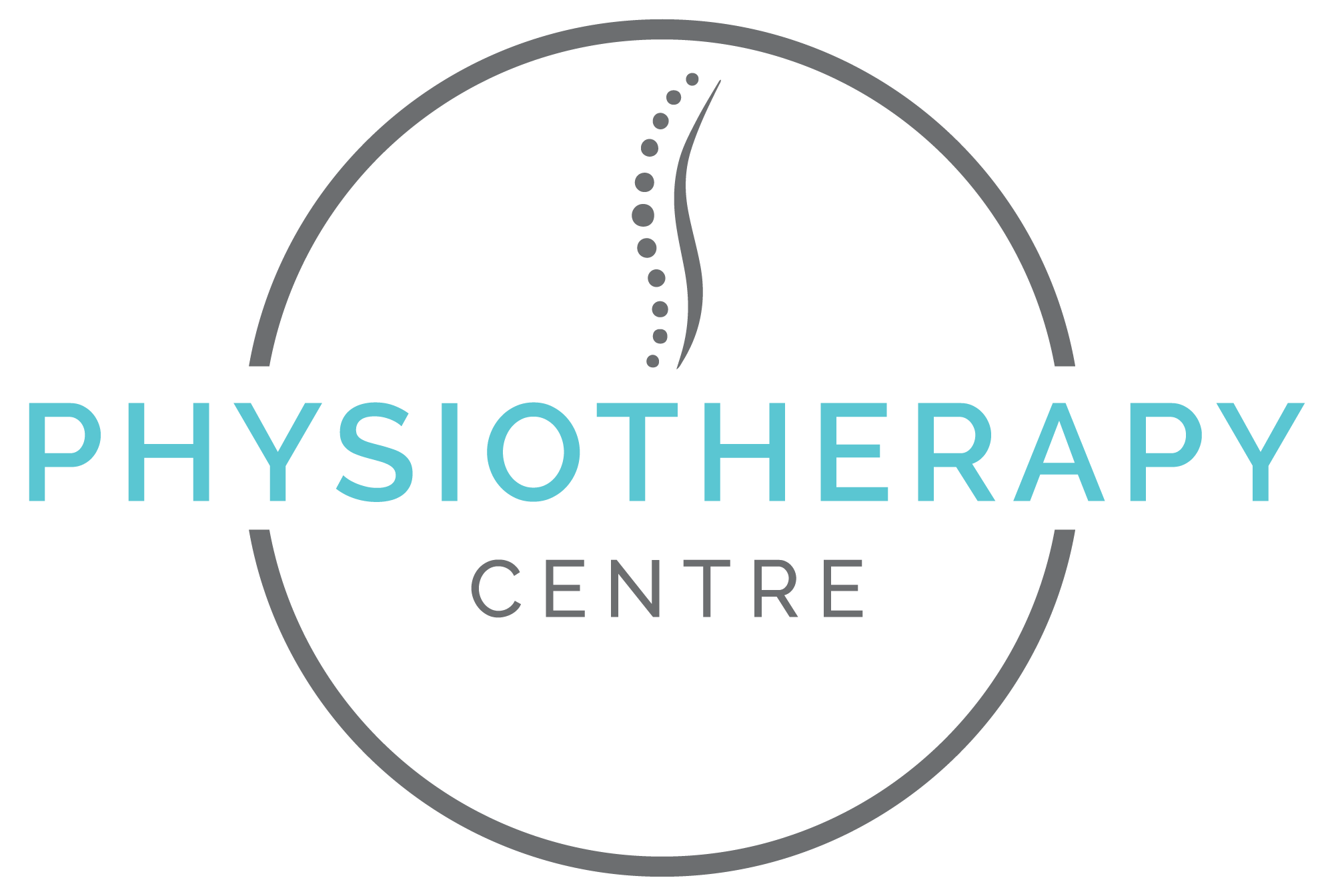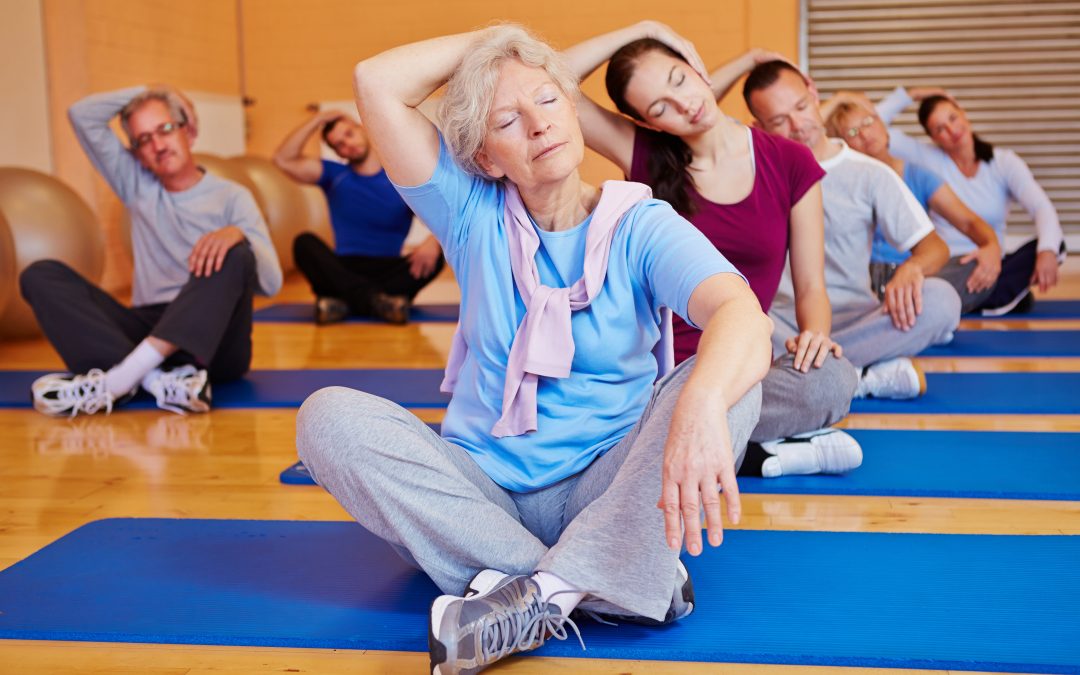“I’ve been told my pain is because I have Arthritis, and ‘wear and tear’.
So why is my physiotherapist telling me exercise is important?”
Below we will discuss the benefits of exercise associated with osteoarthritis (OA) and hopefully shine a light on why we encourage it.
OA is the most common form of arthritis, affecting millions of people worldwide. It occurs when the protective cartilage that cushions the ends of your bones wears down over time. Although it can affect any joint, it is most commonly seen in your hands, knees, hips and spine.
Pain
Exercise has been shown to have an impact on pain that is as effective or even more effective than medications such as paracetamol and non steroidal anti inflammatories. Exercise that is mildly uncomfortable has been shown to have been effective in reducing pain levels in the long term. And as we know, pain is not a good marker of “damage” and we must be comfortable knowing that it is safe to be moving and exercising. Your physiotherapist will work with you to design a programme that is safe for you to perform and have a set plan to help you manage your pain.
Strength
Muscle weakness is a common finding among people that have OA and get pain symptoms. Exercise, especially resistance exercise, is the best bet for positively impacting muscle structure and strength. Strengthening exercises, irrespective of the type have been shown to be effective in reducing pain levels and improving function in people with OA. Exercises will focus on muscle groups in your legs/hips and core. They will be focused on you as an individual and work with your physiotherapist to work towards goals you can discuss when in clinic.
Neuromuscular Control
It is important to include different types of strengthening exercises within your program. Non weight bearing strengthening such as machines in the gym are great for targeting specific muscle groups and increasing strength. It is also important for us to use exercises that are weight bearing, such as squats, lunges, step ups and press ups. When we have weight going through our limbs doing exercises, it makes our nervous system work with our different muscle groups and get them firing together. As several muscles work around our different joints it is important to have them working together to improve control and be ready for the demands of activities in our daily life that we want to return to.
Articular Cartilage
Our cartilage is in a constant cycle of being broken down and renewed, OA happens as a result of a disruption of this process. While excessive loading has been shown to be a risk factor for OA, a reduced loading can also lead to thinning of the cartilage. What we do know is that there is a sweet spot in the middle where exercise has been shown to not be detrimental to articular cartilage health and in some cases improves it.
Inflammation
Moderate exercise has been shown to reduce signs of inflammation in the area of the joint where the OA is present. There are also a lot of people with OA that have other ongoing health conditions, many of which are associated with chronic inflammation e.g cardiovascular disease, type 2 diabetes, dementia. Exercise has been shown to improve outcomes with patients in those with these chronic conditions.
Weight management
The link between exercise and weight loss is widely published. In regards to the link with OA, as it is a disorder that mostly affects weight bearing joints such as knees, hips and spine we can say that having a healthy weight can help manage our OA symptoms. We earlier discussed how too much load can have a negative effect on our joint cartilage. For example, a reduction of 1lb of body weight is associated with a 4 times decrease in knee joint compressive forces. This implies that the greater the overall weight loss, the lower the stress on the joint in question. This enhances the potential of slowing the disease and easing the symptoms.
If you have been told by your doctor that you have OA, try not to worry too much. The majority of people that experience OA will live active and pain free lives. In summary, exercise when appropriately directed and managed has been shown to be an extremely effective tool in working against OA. Your physiotherapist will work with you to create a meaningful programme that will aim to get you back to doing the activities in your life that you enjoy most! If this is something you might be interested in, get in contact with us at the The Physiotherapy Centre.
Taken from recently published research by;
Davis, A.M., Davis, K.D., Skou, S.T. et al. Why Is Exercise Effective in Reducing Pain in People with Osteoarthritis?. Curr Treat Options in Rheum (2020). https://doi.org/10.1007/s40674-020-00154-x


Recent Comments